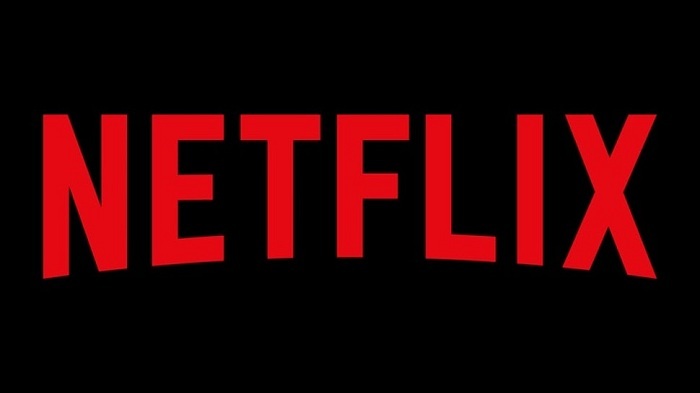Netflix announced yesterday, 24 March, that it is lowering its traffic on network providers by 25 per cent in India for a period of 30 days.
Netflix made this announcement after a similar decision was taken for the European market, in order to reduce the congestion on internet pipelines due to home quarantine of most people in the country as a result of the COVID-19 pandemic.

Netflix Content Delivery VP Ken Florance said in an official statement, “Given the crisis, we’ve developed a way to reduce Netflix’s traffic on telecommunications networks by 25 per cent, while also maintaining the quality of our service. So consumers should continue to get the quality that comes with their plan – whether it’s Ultra-HD, HD or SD. We believe that this will provide significant relief to congested networks and will be deploying it in India for the next 30 days.”
This also comes after COAI urged the video streaming platforms lately, to lower the streaming resolutions. Following its global contemporary, Amazon Prime Video too has started to lower the data consumption that streaming takes up on its platform. While local services like MX Player have already started it on its app, Hotstar and ZEE5 are also working to implement similar measures.

Meanwhile, this announcement from Netflix won’t affect most of its subscribers in India, as it maintains several different streams for a single title, and is removing the highest bandwidth streams as part of this move.
The mobile-only plan (Rs.199) that Netflix introduced in India last year is its most popular tier in the country, a source said. Both mobile-only plan and the basic plan, the immediate advanced tier above it, limit streaming to standard definition (SD).
As per a report by Bank of America, last week internet service providers in India witnessed a 10 per cent surge in the volume of daily traffic and data consumption.

